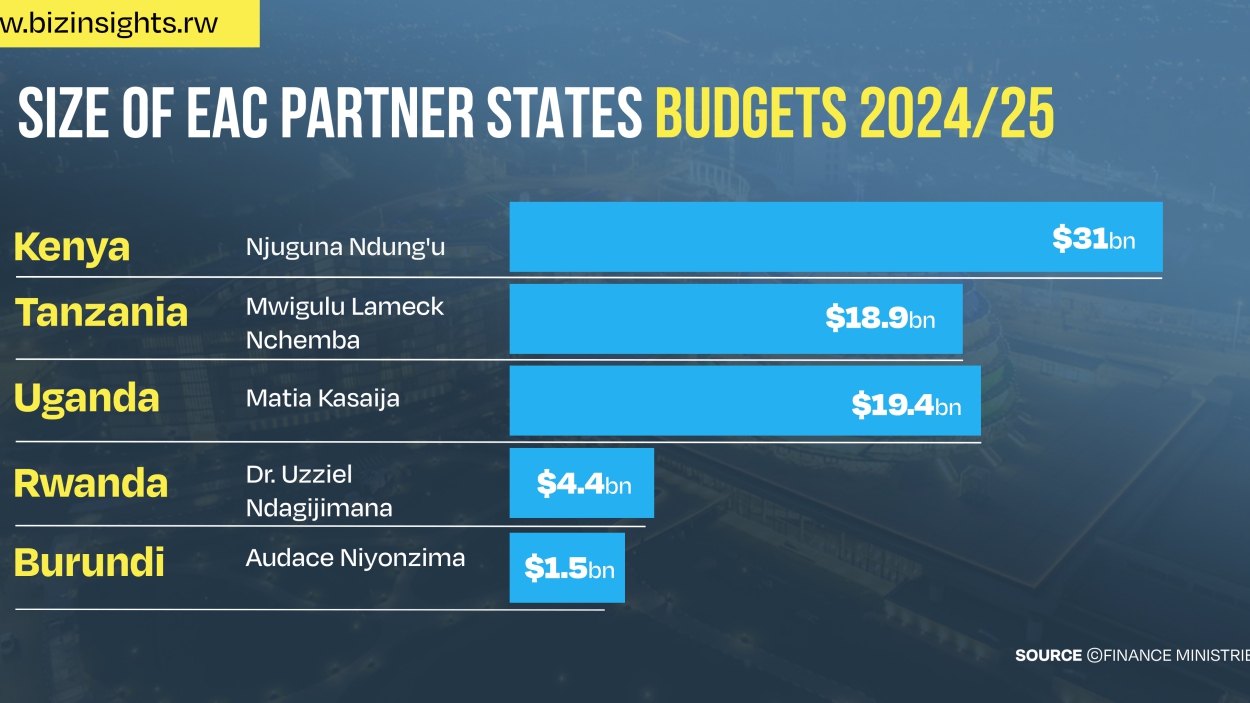East Africa's New Fiscal Blueprint: Focus on Debt Repayment and Local Revenue for 2024/2025

Last week, East Africa’s Finance Ministers tabled a raft of measures for expanded expenditure plans for the 2024/2025 fiscal year with a keen eye on debt repayment and reliance on domestic revenues to run government operations.
These measures effectively set the stage for increased taxation, potentially choking economic growth in the region. Below are a few snippets from the headlines of the respective budget speeches.
Kenya
Kenya's 2024/25 budget aims to tackle the country's debt while protecting its fragile economic recovery. According to the line ministry's budget speech, growth is estimated at 5.5% in 2024 and 2025. Kenya’s total fiscal year 2024/35 spending is $31.1bn. To finance the budget, Kenya aims to borrow from external sources.
Uganda
Uganda hopes to limit rising debt by focusing on concessional borrowing and curbing commercial loans next fiscal year. Public debt has been mounting as the government splurges on big infrastructure projects, prompting warnings from its central bank. Total public debt stood at $24.7 billion at the end of last year. The government plans to spend $19.4b next fiscal year.
Tanzania
Tanzania's budget will rise 11.2% to $18.9b in the 2024/25 financial year to help the government service its debts.
Rwanda
Rwanda plans to increase its overall spending by 11% to $4.43bn in the next financial year starting in July.
Burundi
Burundi's budget will rise 15.9% to $1.5b in the 2024/25 financial year, largely because civil servants' salary bonuses are unfreezing.
According to the African Development Bank, East Africa’s economic growth is projected to pick up from 3.5 percent in 2023 to 5.1 percent in 2024 and 5.7 percent in 2025, buoyed by infrastructure development and increased regional trade.
Source: EAC Finance Ministries


